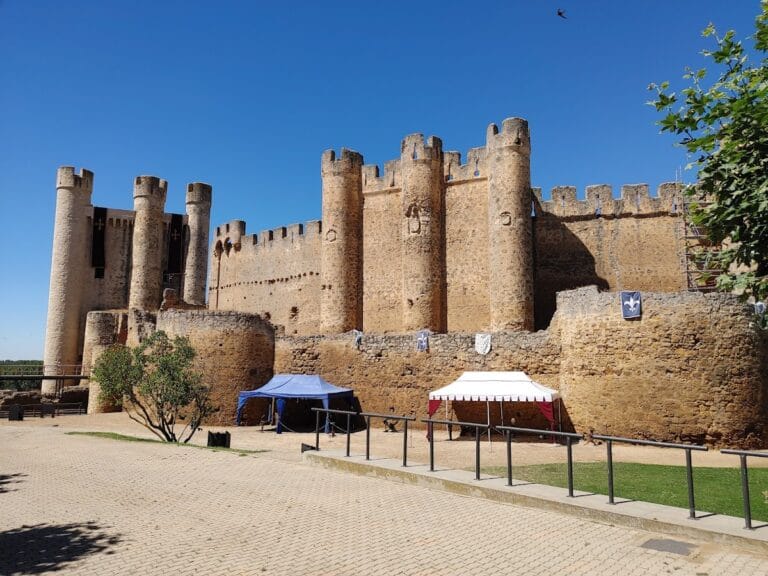Roman Leon Interpretation Centre
Visitor Information
Google Rating: 4.6
Popularity: Medium
Google Maps: View on Google Maps
Official Website: leon.es
Country: Spain
Civilization: Roman
Remains: Museum
History
The Roman Leon Interpretation Centre is located in the city of León, Spain, within a building originally constructed by the Romans. The site’s history is closely tied to the Roman military presence established in the area during the late 1st century CE, when the Legio VII Gemina set up a permanent camp that would remain active until the decline of the Roman Empire.
The Roman period in León began with the conquest of Hispania, a process that included military campaigns against the local Astures and Cantabri tribes. These conflicts marked the final phase of Roman expansion in the region. Following the establishment of the legionary camp, the area developed both as a military base and a civilian settlement. From the 2nd to the 4th centuries CE, the legion’s presence shaped the urban growth of the city, with the camp serving as a focal point for administration and defense.
Although archaeological and written records become less abundant from the mid-3rd century CE, evidence suggests that the legion or a significant portion of it continued to occupy León into the 4th century. This is supported by the construction of a new city wall built in a military style and the discovery of military equipment from this later period. The transition from Roman military control to the later medieval city involved considerable social and political changes, with a notable gap in the archaeological record during the Visigothic era.
In the centuries that followed, the site evolved beyond its Roman origins. From the 13th to the 18th century, the location was occupied by the church of Santa Marina la Antigua, which itself was built on earlier monastic foundations dating back to the 11th century.
Remains
The Roman Leon Interpretation Centre is housed within the historic Casona de Puerta Castillo, which contains several exhibition rooms dedicated to the Roman history of León. Central to the displays is a detailed model of the Legio VII Gemina’s permanent camp, illustrating the internal layout of the military base. This includes key structures such as the principia, which served as the legion’s headquarters, the praetorium, the residence of the commanding officer, large interior baths, and storage facilities. These buildings were constructed using typical Roman techniques and materials, designed to support both military operations and daily life within the camp.
Archaeological excavations in the area have uncovered a variety of artifacts that shed light on the military and civilian aspects of the settlement. Among these finds are pieces of late Roman military equipment, which confirm the continued presence of soldiers in the 4th century. Inscriptions originally held in local museums are reproduced in the centre, providing additional context about the legion and its activities.
The garden of the centre preserves the remains of the medieval church of Santa Marina la Antigua, which stood on the site from the 13th century until the 18th century. The church’s foundations and structural elements remain visible.







